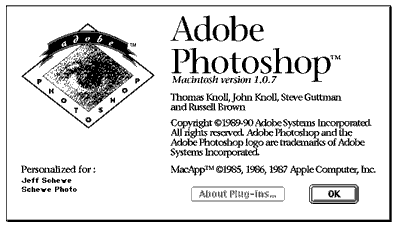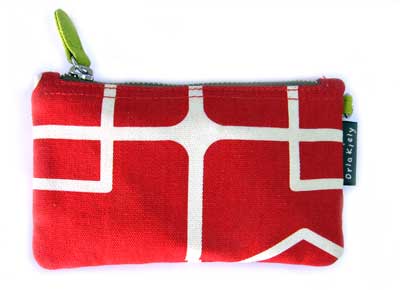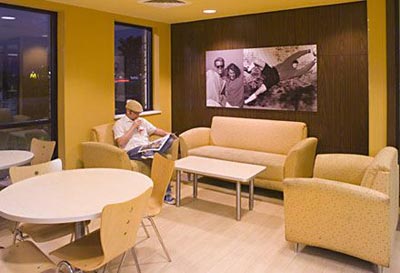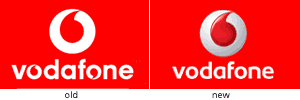
I was looking for apartments for sale in Montreal when I found one located in Habitat 67. I hadn’t heard of the place before but now that I read about it I think it would be a really funky place to live in. Habitat 67 which is pictured above was built in 1967 but it looks like it could have been built today. Here is some info I found on it on Wikipedia.
It was designed by architect Moshe Safdie based on his master’s thesis at McGill University. It was designed to integrate the variety and diversity of scattered private homes with the economics and density of a modern apartment building. Modular, interlocking concrete forms define the space. The complex was built as part of Expo ’67. The project was designed to create affordable housing with close but private quarters, each equipped with a garden. The complex was originally meant to be vastly larger. It also failed in its goal of being affordable as the building is today quite elite.
Anyway the apartment I found is a 3 bedroom flat and costs $399,000 Canadian. Its expensive for a 3 bedroom flat and I can’t afford it but its nice to know that a piece of architectural history can be purchased for that amount. Check out the Habitat 67 website for more pictures and info. [Link]









